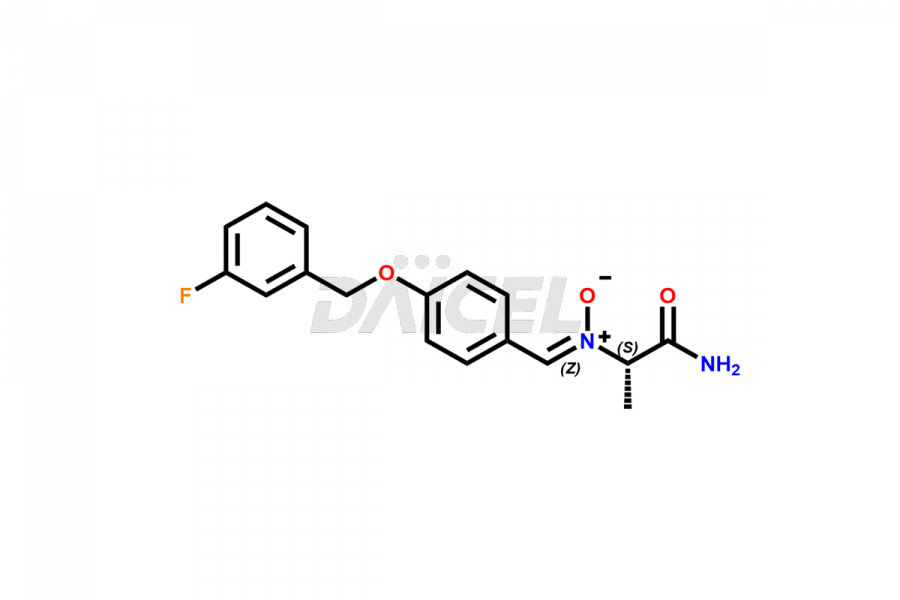Safinamide
References
Frequently Asked Questions
How are Safinamide impurities detected and quantified?
Analytical methods, such as high-performance liquid chromatography (HPLC), are commonly used to detect and quantify impurities in Safinamide. The most effective separation of impurities involved using an Inertsil ODS-3 column with a mobile phase consisting of 0.1% formic acid in water (pH adjusted to 5.0) and acetonitrile in gradient mode.
Can Safinamide impurities affect patient safety?
Yes, impurities in safinamide can impact patient safety. Depending on their nature and concentration, contaminants can cause adverse effects or reduce the efficacy of the medication.
Why is it essential to synthesize Safinamide impurities?
It is essential to synthesize impurities of Safinamide to accurately identify, characterize, and establish their permissible limits within the drug product.
What are the temperature conditions required to store Safinamide impurities?
Safinamide impurities should be stored at a controlled room temperature between 2-8 ⁰C or as indicated on the Certificate of Analysis (CoA).
Note: Products protected by valid patents by a manufacturer are not offered for sale in countries having patent protection. The sale of such products constitutes a patent infringement, and its liability is at the buyer's risk.

